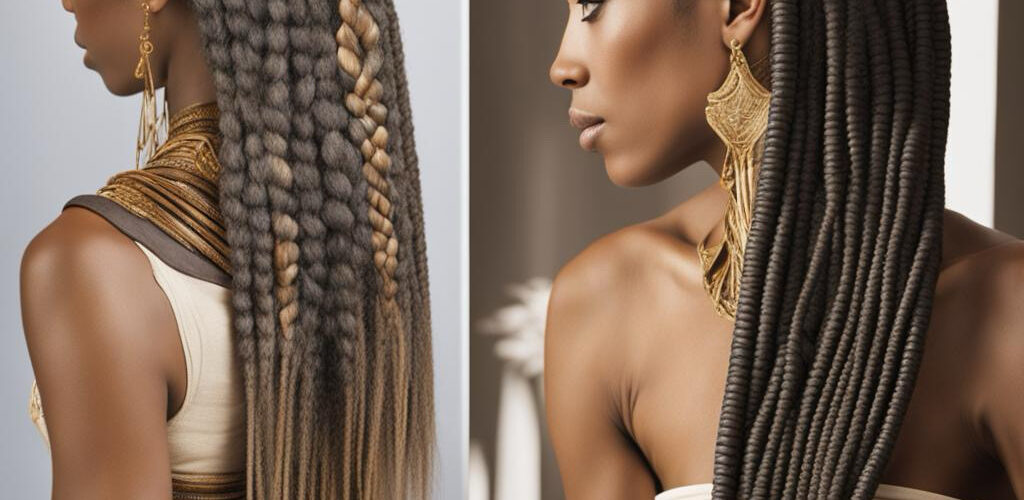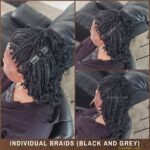Braids, an elegant and versatile hairstyle, have a rich and diverse history that spans centuries and cultures. From practicality to symbolism, braids hold significance across the globe, representing tradition, style, and identity.

The history of braids dates back to ancient civilizations, where they served both functional and aesthetic purposes. In many early societies, braids were a practical solution for managing and protecting long hair, especially for individuals who engaged in physical labor or combat. The intricate weaving of hair into braids helped keep hair clean and controlled, preventing tangles and damage in challenging environments.
Throughout history, specific braid styles have carried cultural and symbolic significance. In ancient Egypt, braids adorned with beads and pendants were not only fashionable but also conveyed social status and identity. Similarly, in parts of Africa, braiding patterns were used to communicate a person’s age, marital status, religion, and tribe affiliation, serving as a form of cultural and social expression.
In many indigenous cultures of North and South America, braids were woven with specific patterns and materials to symbolize spiritual beliefs, tribal affiliations, and personal milestones. Each braid style held deep cultural meaning, connecting individuals to their heritage and traditions.
Braids also played a central role in the history of slavery and resistance. Enslaved African people developed intricate braiding techniques to maintain their hair’s health and create maps to freedom, hiding seeds and other materials within their braids as a form of survival and resilience.
The symbolism and significance of braids have continued to evolve over time, with braiding techniques and styles adapting to changing fashion trends and cultural influences. Today, braids are celebrated and adorned by people of diverse backgrounds, serving as a symbol of unity and cultural pride.
Contemporary fashion, media, and social movements have contributed to a resurgence of interest in braids, leading to a greater appreciation for the artistry and cultural heritage behind this timeless hairstyle. Braids have become a form of self-expression, with individuals embracing various braid styles to celebrate their cultural identity, showcase creativity, and express individuality.
From the intricate cornrows of the African diaspora to the elegant fishtail braids seen on fashion runways, the history of braids continues to inspire creativity and connection across cultures. With each braid carrying a unique story and significance, this timeless hairstyle remains a symbol of strength, tradition, and beauty, weaving together the threads of history with the art of expression.




 .
.


